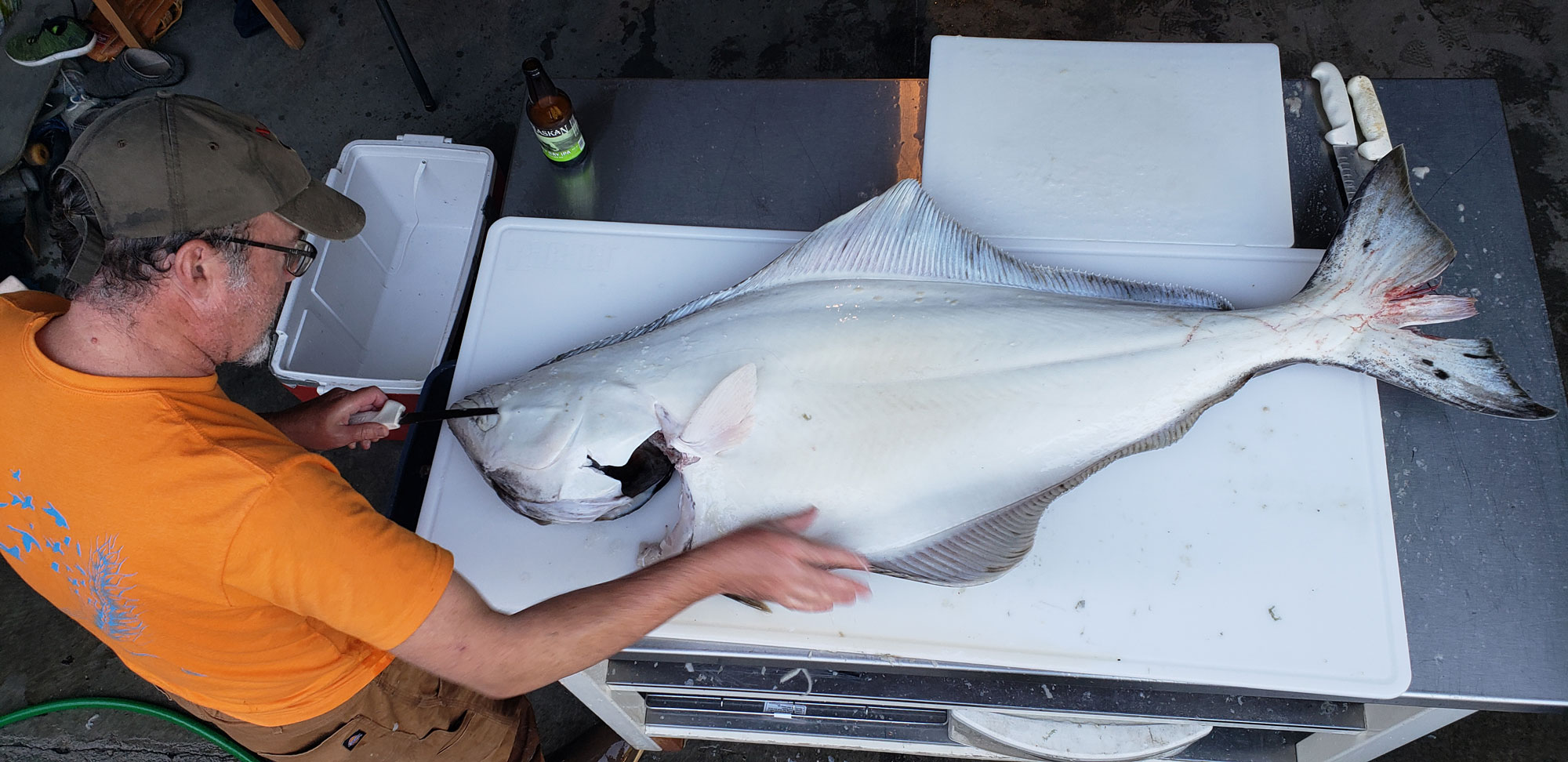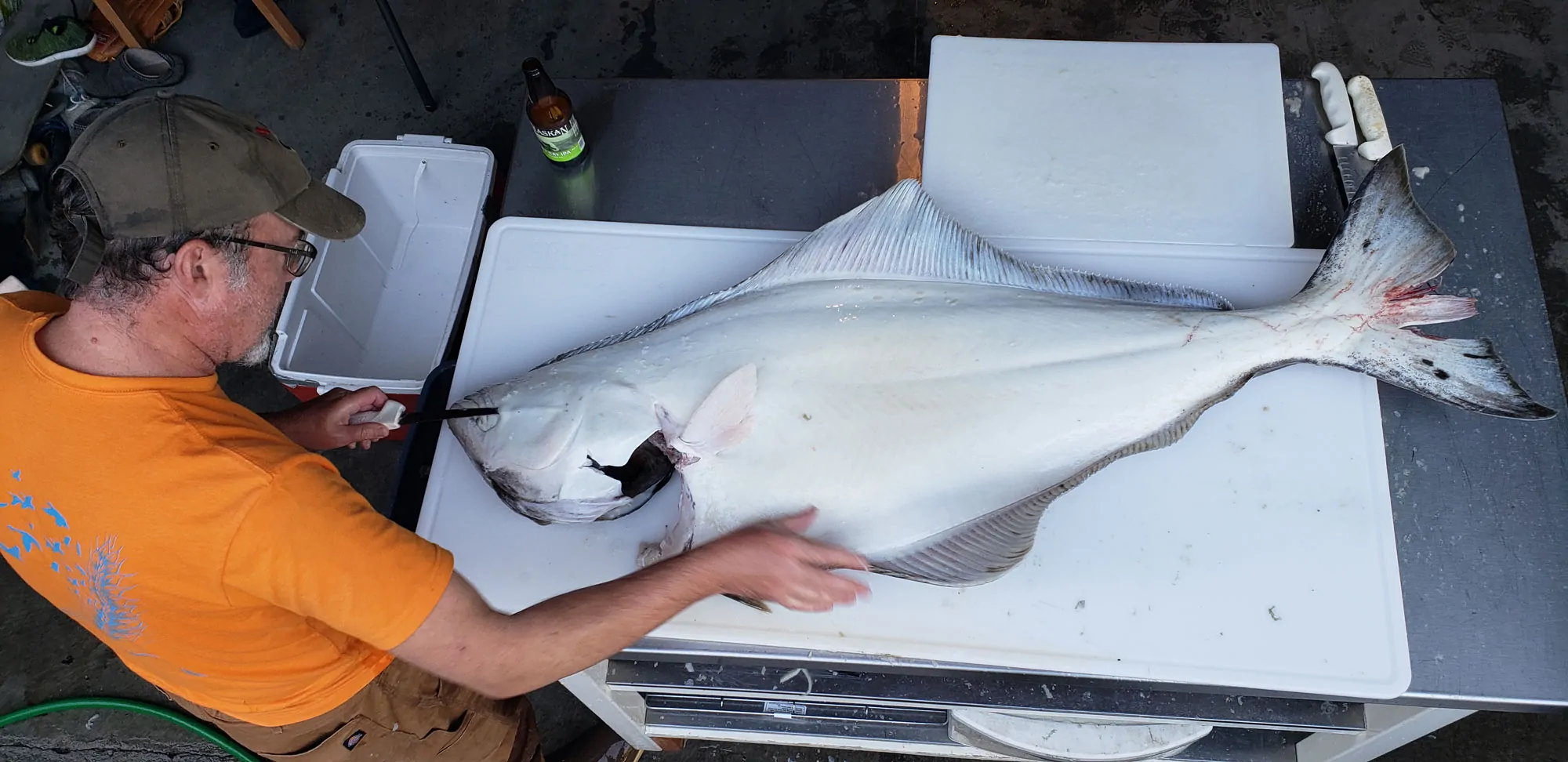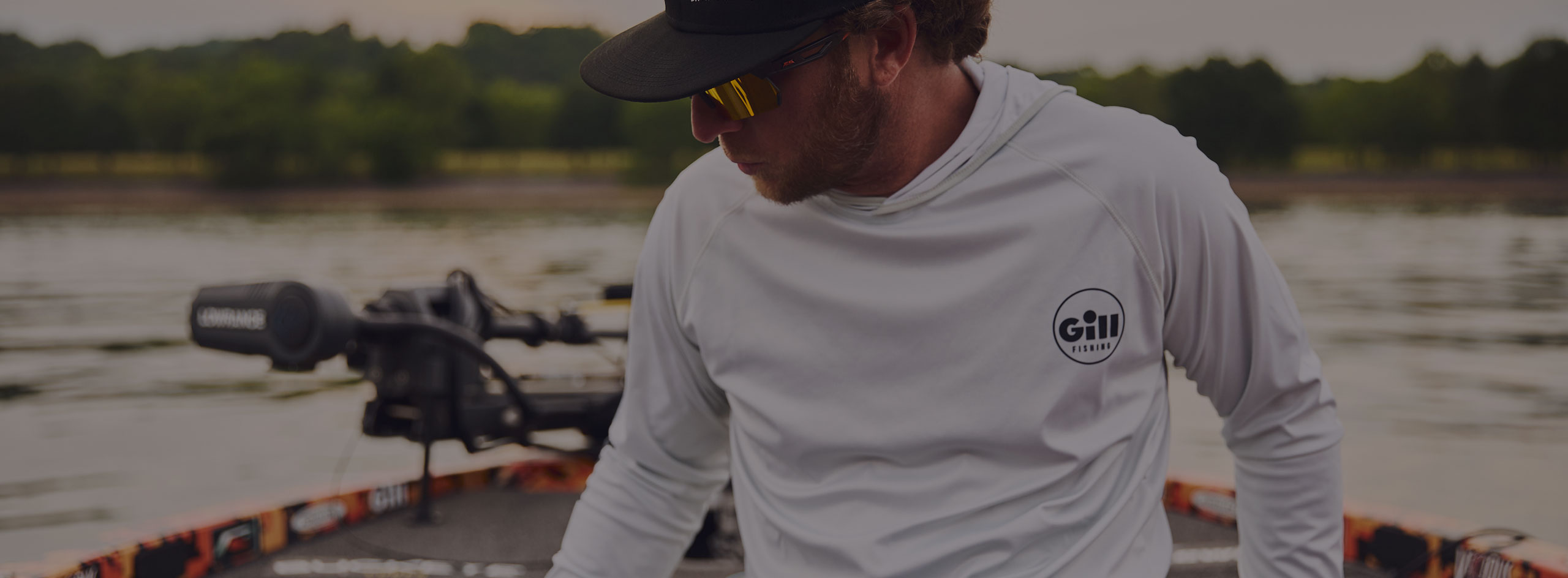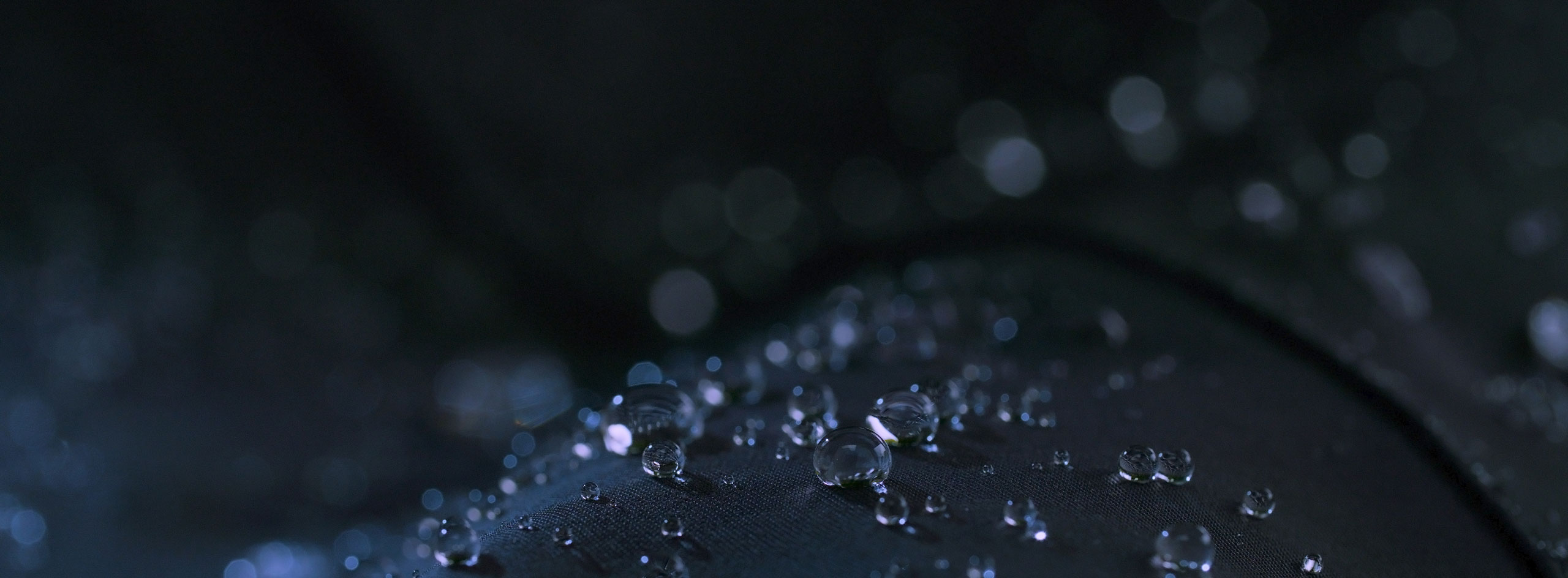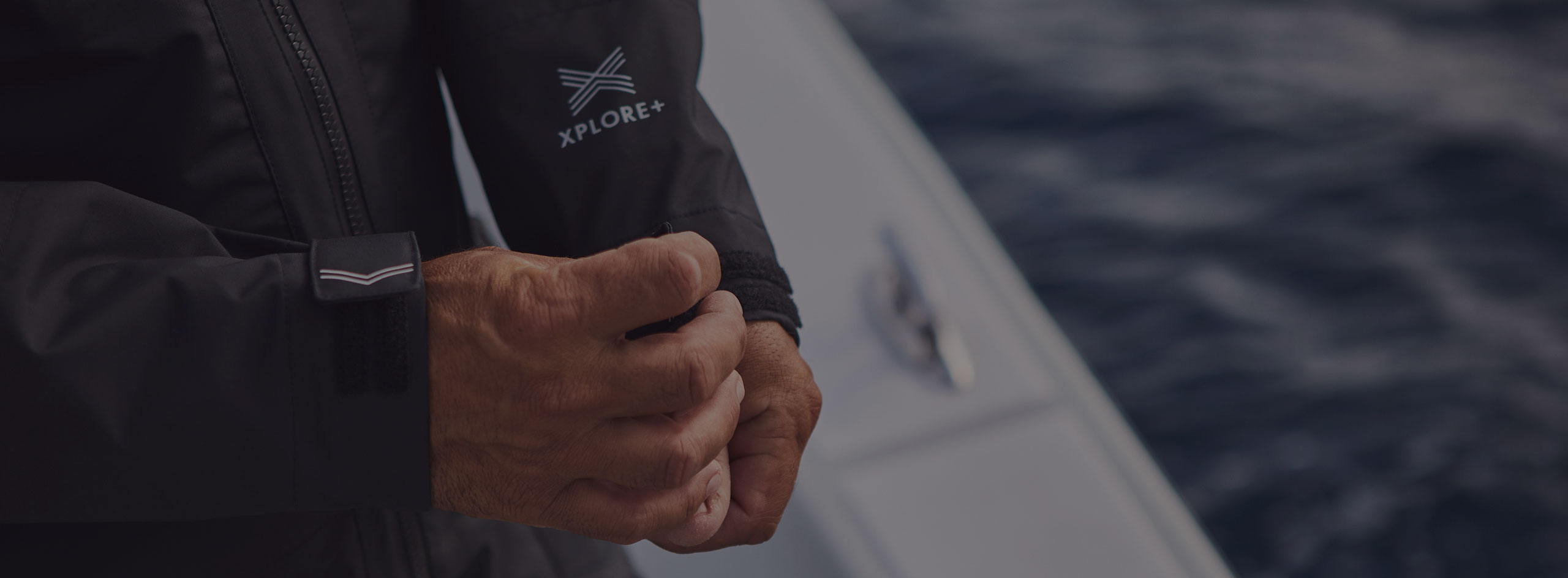Learn new techniques, recipes, and fish handling tips from award-winning author Hank Shaw’s latest cookbook.
Hank Shaw, a James Beard award-winning author who writes about gathering and cooking wild food, teaches a masterclass on preparing seafood in his latest book, Hook, Line, and Supper. But perhaps the book’s most valuable advice for anglers who want to cook better fish starts outside the kitchen and on the water.
Hank Shaw's Cook Book. Hook, Line And Supper.
Shaw says one of the greatest misconceptions about fish is how to properly handle them after they’ve been caught. He’s fished across North America, and during his travels, he’s witnessed captains and anglers of all abilities mistreat fish after the catch in ways that diminish their edibility.
In his latest cookbook, Shaw lays out best practices for handling fish between the water and kitchen. Fish decays much faster than other proteins, requiring more care to ensure freshness. According to Shaw, anglers should follow two cardinal rules to delay decay: Immediately bleed fish, and then immediately put them on ice.
Hook, Line, and Supper is a must-read for anyone who enjoys cooking fish, regardless of where they live, how much they know about cooking or fishing, or whether they even fish at all. It is Shaw’s first book solely dedicated to seafood and serves as an encyclopedia for cooking everything caught in lakes, rivers, streams, and the sea.
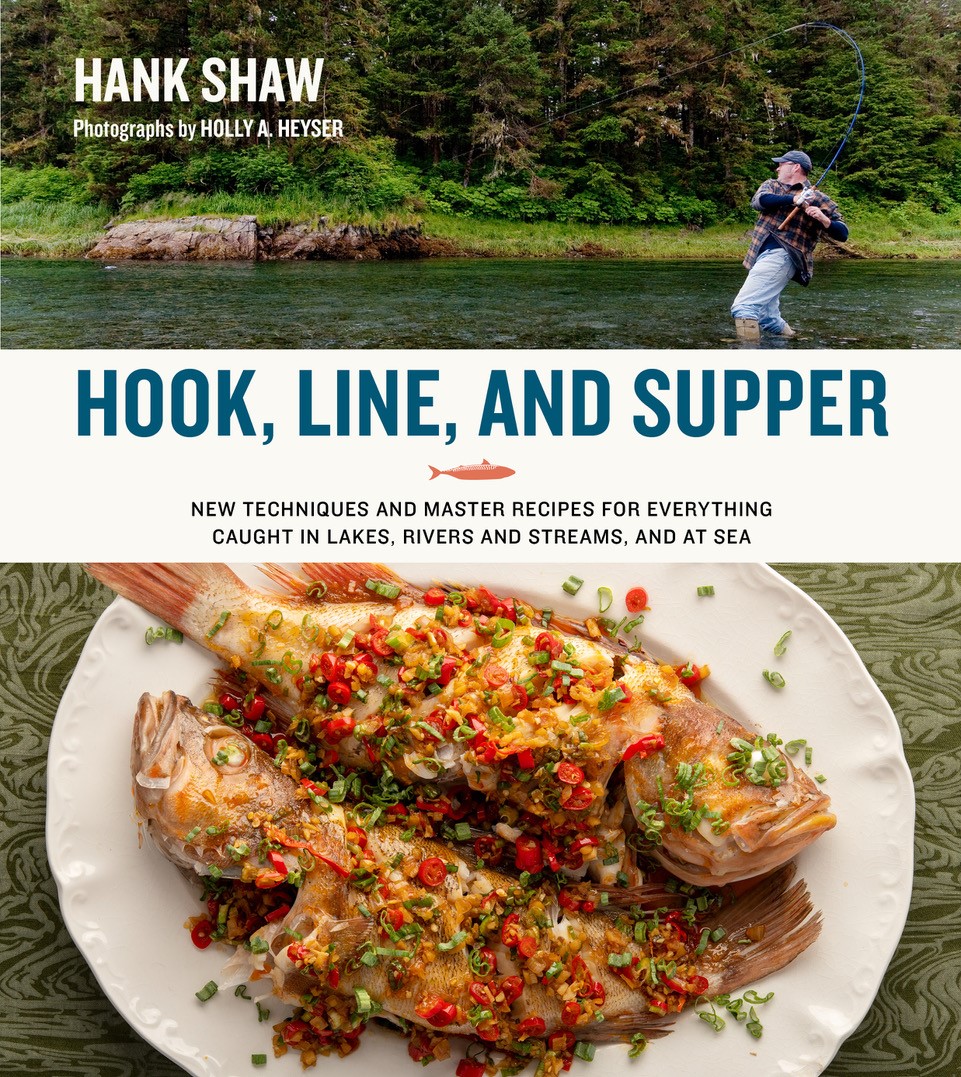
“I’ve written five books, and this is the first one that is every bit as useful to a non-outdoorsman as it is to anglers. The audience is bigger, as fish are the last bastion of wild food for the masses,” Shaw said in a recent interview with Gill Fishing, noting that unlike wild fish, the sale of wild game is illegal, and therefore, must be harvested through recreational hunting.
Instead of providing recipes for certain species of fish, Shaw created a guide that allow readers to cook the fish and seafood that is freshly available to them. Shaw has learned over decades of cooking how well different species of fish can be interchanged in recipes and preparation techniques, and he guides readers in how to categorize and cook fish based on the characteristics of their flesh, not their outward appearance or geographic range. For example, a perch caught in a pond in Wisconsin can be cooked similarly to a mangrove snapper caught in Key West, as they both have firm, white and mild flesh. Species of salmon can be interchanged with one another, as can different species of tuna. Fish with oily, grey-blue flesh, like mackerel and bluefish, should be treated alike.
“The intent of the recipes is to serve as a marker,” Shaw says. “If you’re going to beer batter fish, here’s how you do it. It sets you free to cook with whatever you happen to have on hand. A huge component of the book is plug and play. Of course, there are differences between each species of fish, but none of those differences will stop it from working.”
Learning Proper Field Care
Good meals start with quality ingredients, and this is even more crucial when cooking fish. Fish decay quickly, and decay leads to the unpleasant flavors and smells that scare people away from seafood. Improper care in the field results in even shorter shelf life and lower quality meat.
Shaw provides golden rules to follow after catching fish, as well as purchasing high-quality and sustainable fish from markets. From there, the book provides detailed instructions on different ways to break down whole fish and properly storing it until it’s ready to be cooked.
For anglers interested in bringing home the freshest fish, the moments after the catch are precious. Shaw’s first step is bleeding the fish, which involves cutting or popping both gills and placing its head in water.
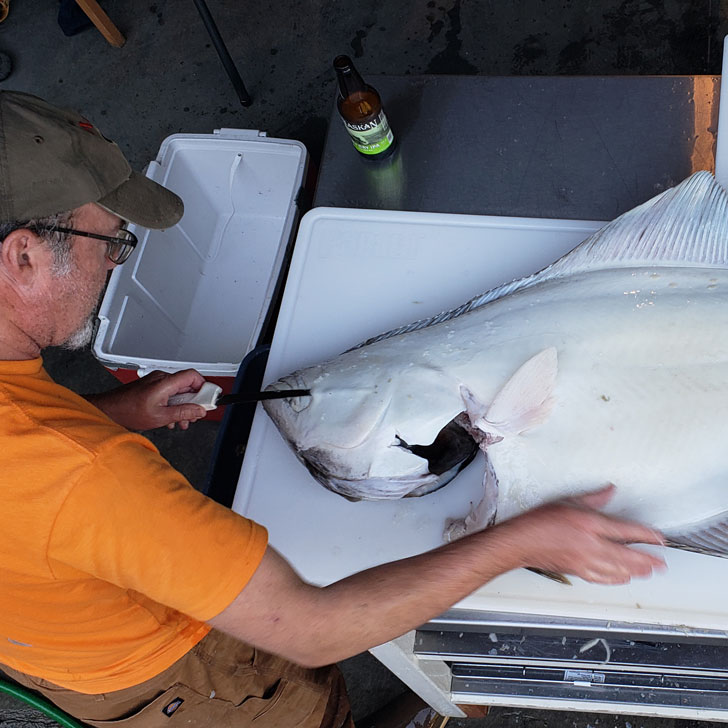
“I bleed every fish. For one, it’s humane. The fish dies a quicker death than it does by suffocation,” Shaw says. “Blood has bacteria, and bacteria starts the rotting process. Fish is softer and darker when it isn’t bled. Bled fish have flesh that is firmer and cleaner tasting, it takes longer for it to smell, and your processing experience will be cleaner and nicer.”
Once bled, fish need to immediately go on ice. Anglers should keep plenty of ice in coolers so fish can be completely buried in it, which cools the flesh and delays decay. Shaw cautions anglers from skimping on ice or letting mild temperatures tempt them from skipping the process all together, as that will surely lead to disappointment at the table.
Once iced down, Shaw waits until the fish has gone through rigor mortis before filleting it. He says a good rule of thumb is to wait until it’s floppy, which can take hours or as long as a day. Filleting and cooking stiff fish can result in tough meat.
Another piece of advice: meat from saltwater fish shouldn’t come in contact with freshwater, as this will degrade the flesh. Bleeding fish makes for cleaner processing and lessens the need to rinse fillets, but if a rinse is necessary, Shaw will do so with a brine he makes by mixing a ¼ cup of salt with a quart of water.
Once the fish is processed, it should be kept cold and dry until cooking, or packaged and frozen. Fish in the fridge stays fresher longer if it’s kept dry on a bed of ice. Frozen fish should ideally be stored in subzero temperatures and consumed within six months, as the quality of the meat deteriorates after.
If you’re interested in learning to sear fish like a professional chef, nail down a ceviche recipe, or improve your handling of your fresh catch, you can purchase a signed copy of Hook, Line, and Supper from Shaw’s website or an unsigned version through Amazon.
